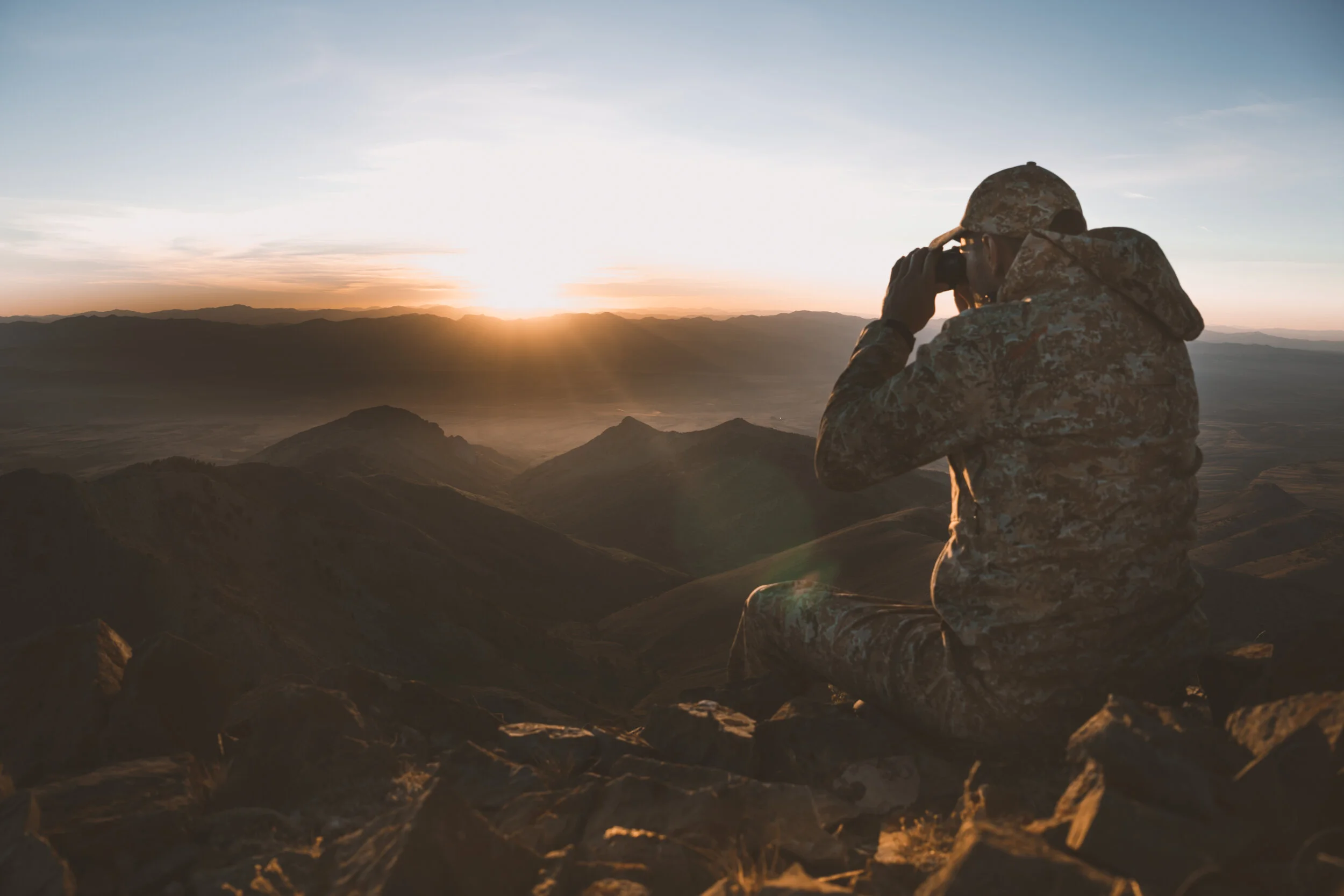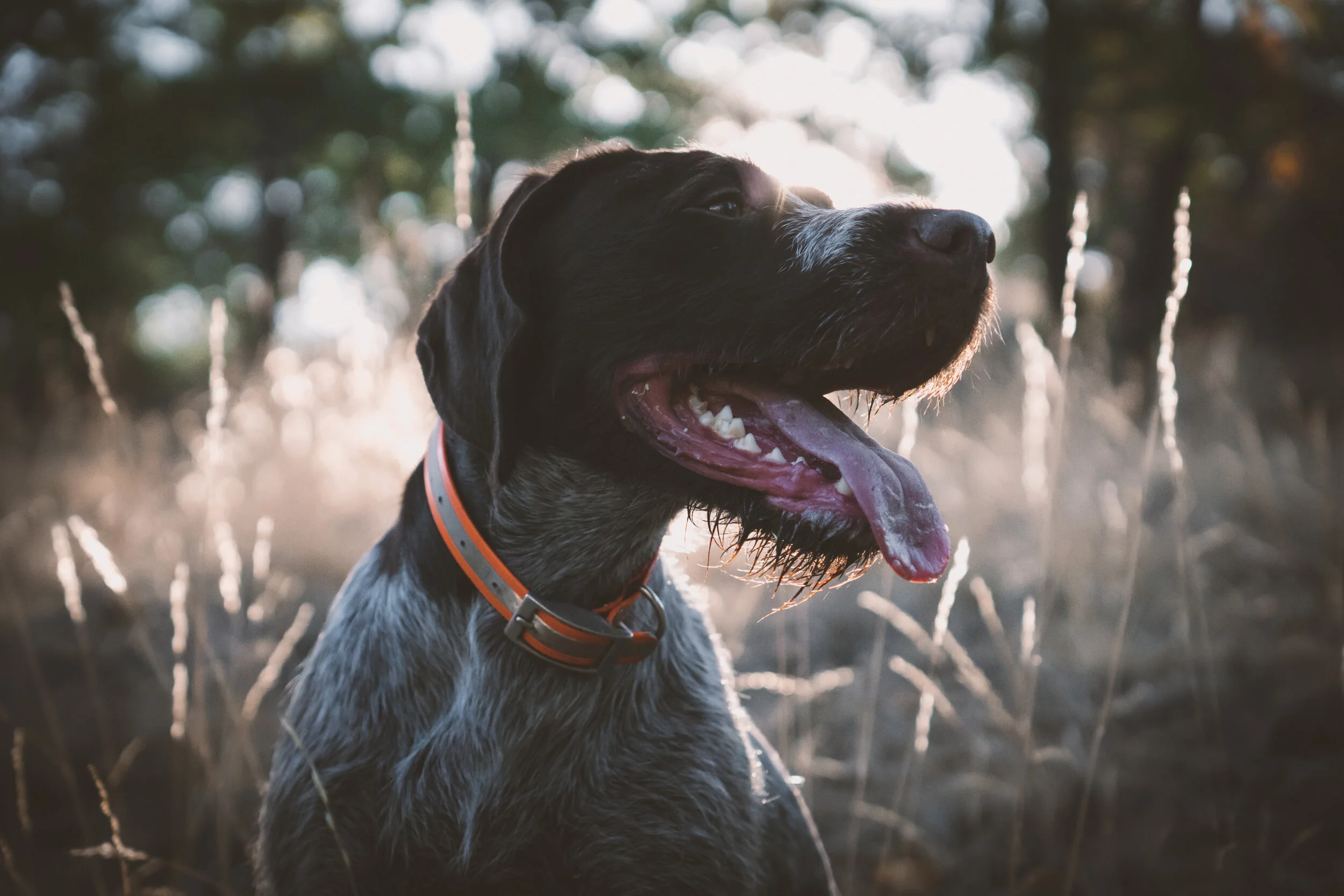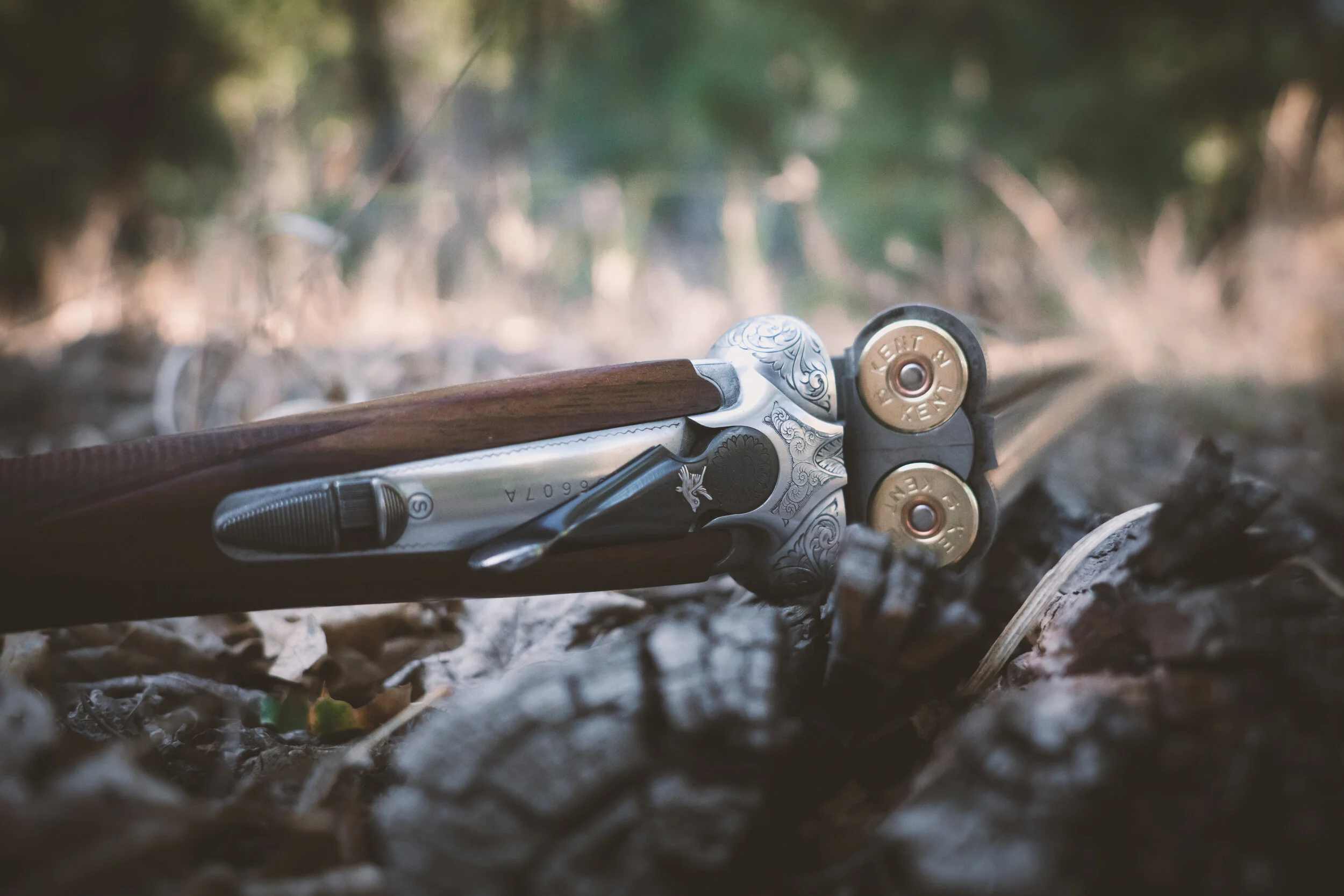Story: Early Season Misadventures
If you had told me years ago while I was living in the West End of London that one day I'd be living in Nevada, I'd have called you crazy. What I didn’t know then was that 87% of the Silver State is public land; land which offers 11 species of upland birds, an adventurous wing-shooter’s dream.
While September marks the opening of forest grouse across the West, it is also the opener for something more alluring and unique to Nevada — the population of Himalayan Snowcock in the Ruby Mountains. These birds were captured in the Himalayas, introduced into Nevada during the 1960s and 70s and have since established a healthy population above the treeline amongst some of Nevada's highest peaks.
This hunt is best approached as a multi-day backpack hunt using spot and stalk tactics akin to big game hunting and offers a challenge like no other in the uplands. The terrain is treacherous and the birds are incredibly spooky which makes bird dogs a hindrance instead of an asset. These birds are so hard to bag that the success rate for this hunt is below 5% and with a limit of two birds the hunt is hardly worth the exertion, logically speaking. In love with the challenge as much as the bird itself, I have pursued this bird across alpine ridge lines with my good friend Travis for the past three years, our only company being the mountain goats that call the peaks home as well.
Our success over the past two seasons in familiar units had us hankering for a change of pace this time around. There are three hunting units in North America where you can harvest this bird and our new goal was to harvest a snowcock in each available unit. Like our past adventures into the Ruby Mountains, the new locations were not easy to get to and required a long, steep hike in with our 40+ lb packs. Our objective was to begin at a 10,000ft lake with the expectation that this is where the birds would go for water in the mornings, allowing us to pattern their movements before committing to our own. We fell short of our objective on the first day and as darkness fell we quickly set up a bivvy on the ridge with expansive views on either side of us. Unfortunately, this also meant that there was no shelter from the wind, which was relentless throughout the night.
At sunrise the following day we continued on our way to the top. Upon reaching the summit, the lake came into view and everything changed; the lake was completely dry and our only source of water was gone. Suddenly the extra weight of water we packed in wasn't the unnecessary burden we believed on the way up; it was all we had and needed to be rationed going forward. At high altitudes your mouth becomes dry quickly and with a finite amount of water, it meant we had to choose our movements wisely. We decided to sit and wait before committing to traversing any of the intimidating ridge lines above us.
Thankfully it wasn't long after the sun's rays peeked over the mountains that the first birds began to call. Despite little scouting and no water at the lake below us, the resident birds were habitual and still inhabited the basin we were in. We watched as groups of birds flew to each other across the basin, far enough away that an assault would take hours. We proceeded to glass the steep scree slope below us in the hope that there were birds closer. Finally, we spotted a group of three a few hundred yards below us.
We observed their patterns were trending to the ridge on our right and decided to drop our packs, duck out of sight and sprint to the ridge to set a trap. Twenty minutes later, we were concealed on the ridge about 50 yards apart in hopes that at least one of us was in the right spot. Moments later, the birds crested the rocks beyond us and were feeding slowly in our direction, the trap was working perfectly. Our hearts were pounding as we watched the birds edge closer and closer and then suddenly at about 100 yards out, they took a 90 degree turn straight up the mountain. We stayed put in case they came back but they didn't and in fact, walked their way straight to where we had dropped our packs and the opportunity was gone.
The wide open terrain and the steep and noisy scree fields meant that executing a successful stalk was near impossible; we were aware of how rare an opportunity to shoot a snowcock would be over the next few days but we tried time and time again.
We bumped into another group of hunters who had a close call with a mountain lion in the next basin over; they offered us some water which held us over for the rest of the day but we realised that our time on the mountain was coming to an end. We made our long trek off the mountain; the sense of failure was demoralizing but the sense of adventure lightened the burden; as we revelled in an upland hunt unlike any other.
I returned from the Ruby Mountains empty handed and arrived to a blanket of smoke back home. The devastating forest fires in California had filled the Great Basin with smoke, which would complicate the coming season. Mid-September marked the opener of Mountain Quail, and the dogs and I took to the Sierra Nevadas in search of these birds I affectionately call 'mountain rockets;' we covered nearly 15 miles before I held a single mountain quail in my hand.
My early upland season was developing a pattern, it was hot, smoky, dry and birds were incredibly difficult to locate despite the rising number of miles we had clocked. One mountain quail, one blue grouse just in time for another season to open in Nevada – the Greater Sage Grouse, a true icon of the western United States.
After a long drive through the desolate Nevada desert, my friend and I arrived at a mountain range in the middle of nowhere but one that importantly contained some moisture. Twenty minutes later, our two bird limits were fulfilled and it was back in the trucks for a three hour drive home. A welcome change of pace from our previously unfruitful escapades.
I have been an upland hunter most of my life with my journey beginning in England around the age of 13 when I was given a .410 side-by-side for Christmas. While I now carried a gun, it remained empty as I shadowed other hunters, and would stay that way until I demonstrated my understanding of gun safety and etiquette – a frustrating experience for a teenager with ADHD. After achieving approval from my seniors I was finally given my own peg at a traditional driven shoot on an English country estate; and on my maiden outing I downed my first pheasant. It is a vivid memory that I will cherish for the rest of my days.
Later in life, I relocated to the United States, this time in pursuit of a woman instead of the birds that had occupied so much of my previous attention. Here, my regimented and traditional introduction to the sport evolved; retrieving dogs gave way to pointing breeds and stationary hunting transformed into more of an athletic endeavor.
The stark contrast between my beginnings in the UK and life in the United States is culminated by the immense public land opportunities we have in the American West. The freedom and ability to hunt across millions of acres of public land is something unique and largely unreplicated in other parts of the world. Discovering this astounding resource has naturally fueled my passion not only for exploration and adventure, but also for conservation of our public lands, working to preserve both habitat and access.
While upland hunting, for me, began in the English countryside, it now encompasses grueling hikes amongst the rugged mountains of the West as well; where instead of an abundance of coveys you labor for a single bird. While success is unpredictable, adventure is never in short supply, and I look forward to more days in the field, and sharing the triumphs and trials with readers in the months ahead. With some great trips waiting in the wings and a new dog on my string; I can be sure of beautiful views, good friends, unpredictable birds and a lot of four-letter words.
This story was originally published by Modern Huntsman







